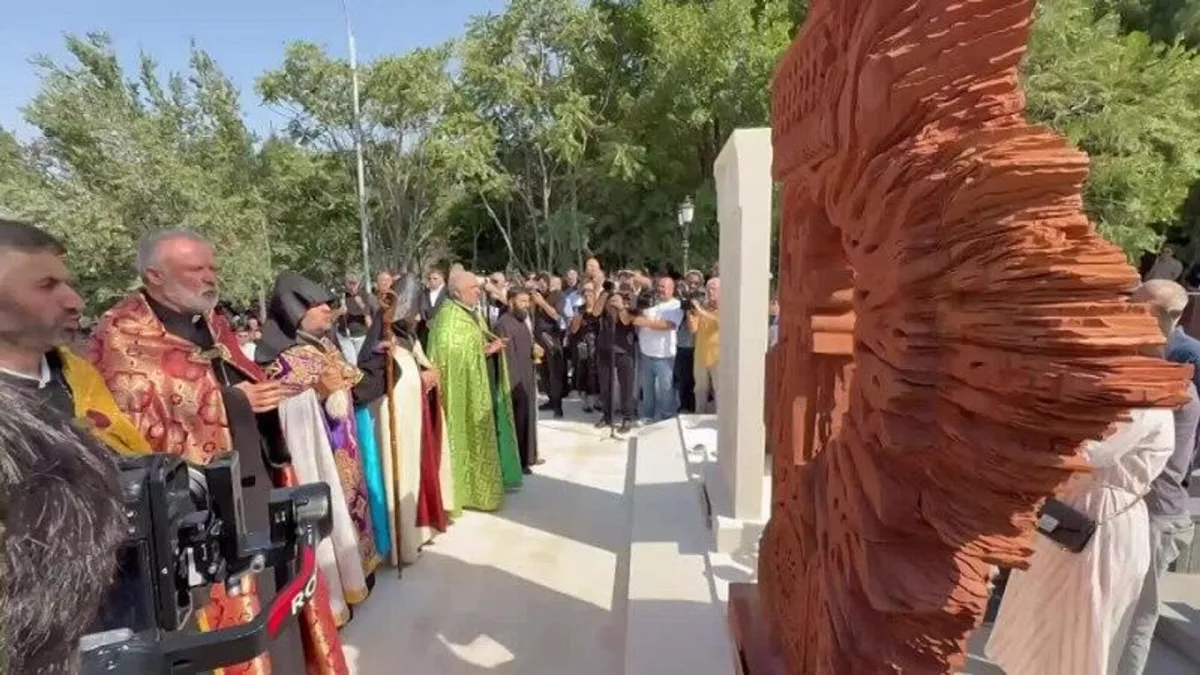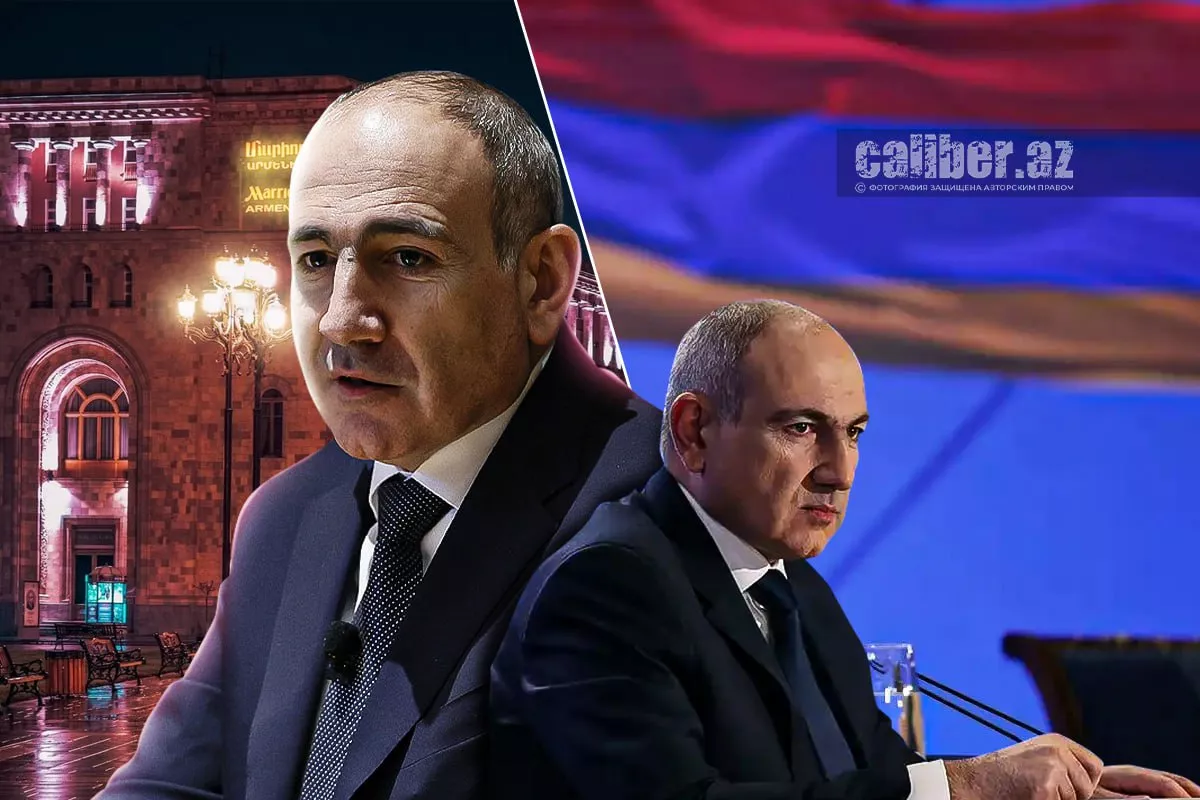Armenian revanchists stir the waters again The itch of miatsum
Today in Armenia, the opposition is once again attempting to consolidate society around revanchist ideas. The pretext for this is the anniversary of the so-called “independence” of the now-defunct separatist entity in Karabakh. The revanchist machinery has tried to exploit this tragic date to the fullest, organising various events and issuing statements.
For instance, the Catholicos of All Armenians, Garegin II, delivered a speech calling to “multiply efforts to protect the rights of Armenians who voluntarily left Karabakh.” According to the Catholicos, these protections should be provided with the support of the international community. He also called for the preservation of the “centuries-old Armenian spiritual and cultural heritage” and the return to Armenia of citizens of that country accused of war crimes.
In Yerevan, an “international” conference titled “Artsakh: Unresolved Conflict, Right of Return” was also held. Speaking at the conference, National Assembly deputy and representative of the “Dashnaktsutyun” party, Ishkhan Saghatelyan, stated that “the issue of Artsakh is not closed and cannot be closed as long as the people of Artsakh are deprived of the right to a decent life on their historical homeland.”
The climax of the revanchists’ gathering took place at the Yerablur military cemetery, where a memorial complex with the striking name “The Call of Artsakh” was inaugurated. Earlier, the public organisation Ararich issued a statement saying: “The memorial is dedicated to the immortal memory of the heroes who fell in the Artsakh wars, our compatriots resting in Artsakh, as well as those who died in the tragic explosion at the Defense Army’s fuel depot on 25 September 2023.”
The ceremony included the consecration of khachkars, laying of flowers at the monument’s pedestal, and speeches by various figures. The event was also attended by the last “President of the NKR,” Samvel Shahramanyan, who expressed hope that after the dissolution of the OSCE Minsk Group, a new mechanism would be created for the “return of Armenians to their homeland.”

We deliberately mention this figure — his words sound especially ironic given that in September 2023, following the Azerbaijani Armed Forces’ successful counterterrorist operation, he signed a decree to dissolve “all state institutions and organisations of the NKR”. Apparently, almost two years later, Shahramanyan has forgotten what he himself endorsed. Let us remind him: “Due to the complex military-political situation… it has been decided to dissolve all state institutions and organisations under their jurisdiction by 1 January 2024, and the Nagorno-Karabakh Republic (Artsakh) ceases to exist.”
However, the inauguration of the monument at Yerablur is noteworthy not so much for the speeches delivered there, but for the very fact of its existence. In the midst of a breakthrough in the peace process, it starkly highlights the unwillingness of a portion of Armenian society to embrace real peace — and raises the question of why the Armenian government tolerates it. The fact that law enforcement did not intervene suggests that, even if the event was not explicitly sanctioned by the authorities, they nevertheless turned a blind eye. Supporting this view is the fact that this was not merely a rally, but the opening of a monument that likely took hours or even days to install — meaning it could not have happened spontaneously or unnoticed.
We understand that the Pashinyan government is forced to navigate between its overarching line of pursuing peace with Azerbaijan and the revanchist-leaning segment of its electorate. Yet the moment has come to summon the will to take full responsibility for the declared course; otherwise, a genuine, lasting peace in the region will remain unattainable.

The erection of a monument, the very name of which evokes the conflict, encourages revanchism, and asserts territorial claims against Azerbaijan, undeniably contradicts both the letter and the spirit of the documents signed in Washington. Moreover, one cannot fail to be struck by the hatred toward their own people displayed by those who attended the monument’s inauguration, delivering belligerent speeches and raising yet another series of claims against Azerbaijan. All this took place not just anywhere, but at a military cemetery, where hundreds — even thousands — of graves belong to Armenians who were literally destroyed by “miatsum” and the delusional ideas of a “Greater Armenia.” How many more graves must appear in Yerablur, how many more tears must Armenian mothers shed, before the reactionary segment of Armenian society finally understands the futility of its claims on Azerbaijani territory?
P.S. It is symbolic that on this very day, 2 September, while dreams of the “NKR” were being entertained in Yerablur, the demolition of the so-called “ministry of foreign affairs” building of the self-proclaimed regime began in Khankendi — long presented as one of its main symbols and attributes. The symbol has now vanished into oblivion, and David Babayan, who occupied it for many years, is giving testimony at the Baku Military Court. The demolition and the trial are the inevitable outcome of a disregard for the sovereign state of Azerbaijan. This is something that should always be kept in mind by those shouting for revanchism.








